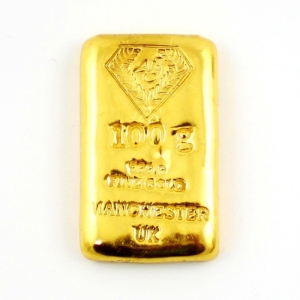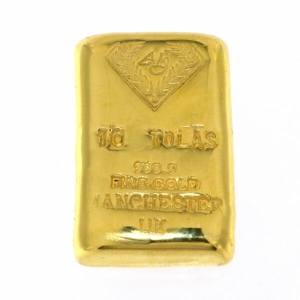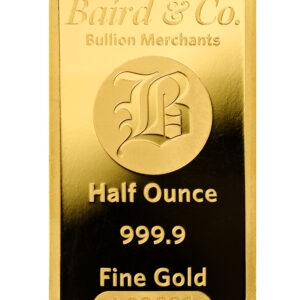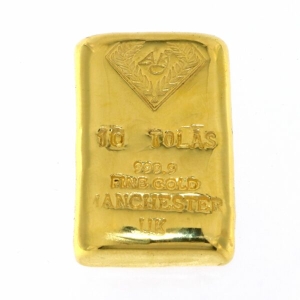The 1605-2005 £2 coin is a special commemorative coin issued by The Royal Mint to mark the 400th anniversary of the Gunpowder Plot. This coin blends British history with modern coinage design, making it a sought-after piece among collectors and history enthusiasts alike.
The History Behind the 1605–2005 £2 Coin
The Gunpowder Plot occurred on 5th November 1605, when a group of conspirators, including the infamous Guy Fawkes, attempted to blow up the Houses of Parliament in London. Their aim was to assassinate King James I and restore Catholic rule in England. The plot was foiled, and the event has since been remembered every year as Bonfire Night.
In 2005, The Royal Mint released the £2 coin to commemorate the 400th anniversary of this dramatic event in British history.
Key Features of the 1605–2005 £2 Coin
-
Denomination: £2
-
Year of Issue: 2005
-
Obverse Design: Features the portrait of Queen Elizabeth II by Ian Rank-Broadley.
-
Reverse Design: Created by artist Peter Forster, the design shows a lit fuse around the outer edge of the coin, symbolizing the gunpowder about to ignite. It also bears the inscription:
“Remember, Remember the Fifth of November”
Versions Available
-
Circulation Coins: Found in everyday currency.
-
Brilliant Uncirculated Coins: Produced with a finer finish, aimed at collectors.
-
Proof Versions: Minted in precious metals like silver or gold, usually in presentation packaging.
Why the 1605–2005 £2 Coin Appeals to Collectors
-
Historical Significance: It marks one of the most famous events in British history.
-
Unique Design: The lit fuse motif and engraved rhyme set 1605-2005 £2 coin it apart from standard UK coins.
-
Limited Mintage: As a commemorative coin, it was produced in limited numbers compared to regular circulation coins.
-
Collectible Value: Over time, special £2 coins like this often gain value in the collector’s market.
Conclusion
The 1605–2005 £2 coin is more than just currency — it’s a piece of living history in your pocket. For both coin collectors and history fans, it represents a well-crafted reminder of a key moment in Britain's past. Whether collected for its design or historical connection, it stands as a symbol of cultural memory and numismatic interest.




